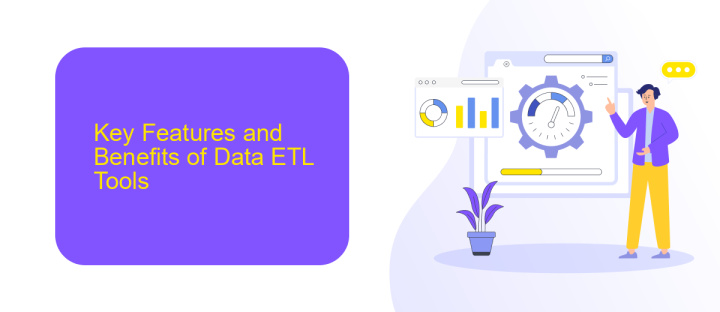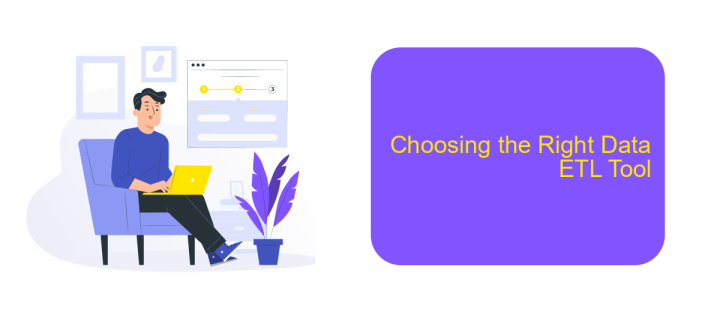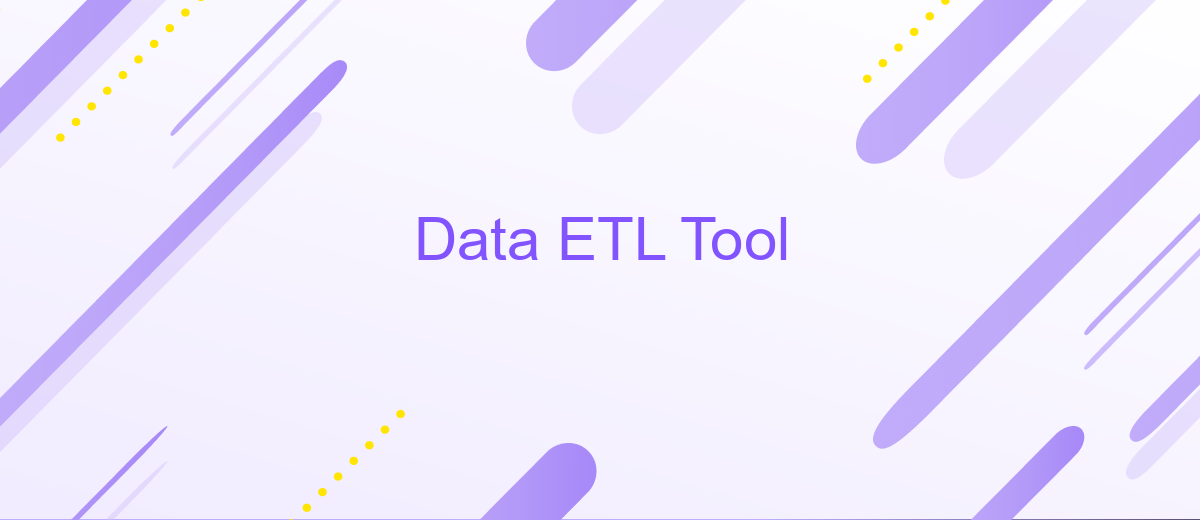Data ETL Tool
In the ever-evolving landscape of data management, ETL (Extract, Transform, Load) tools have become indispensable for businesses seeking to harness the power of their data. These tools streamline the process of extracting data from various sources, transforming it into a usable format, and loading it into a destination system, enabling more efficient data analysis and decision-making.
Introduction to Data ETL Tools
Data ETL (Extract, Transform, Load) tools are essential for managing and processing large volumes of data from various sources. These tools help in extracting data from multiple databases, transforming it into a suitable format, and loading it into a data warehouse or other storage systems. They streamline the data integration process, making it more efficient and reliable.
- Extraction: Collecting data from different sources such as databases, APIs, and flat files.
- Transformation: Converting data into a consistent format, including cleaning, enriching, and aggregating data.
- Loading: Inserting the transformed data into a target database or data warehouse.
One of the popular services for setting up integrations is ApiX-Drive. It allows users to connect various data sources and automate the ETL process without requiring extensive coding skills. By leveraging such tools, businesses can ensure that their data is accurate, up-to-date, and readily available for analysis, ultimately driving better decision-making and operational efficiency.
Key Features and Benefits of Data ETL Tools

Data ETL tools are essential for efficiently extracting, transforming, and loading data from various sources. These tools offer automated workflows that minimize manual intervention, ensuring data accuracy and consistency. Key features include robust data integration capabilities, real-time processing, and support for multiple data formats and sources. They also provide user-friendly interfaces, making it easier for non-technical users to manage data operations without extensive coding knowledge.
The benefits of using Data ETL tools extend to enhanced data quality and streamlined business processes. By automating data workflows, organizations can reduce errors and save time, allowing teams to focus on strategic decision-making. Tools like ApiX-Drive further simplify the integration process by offering pre-built connectors and seamless API integrations, enabling businesses to quickly connect disparate systems. This leads to improved data accessibility and more informed business insights, ultimately driving better performance and growth.
Types of Data ETL Tools

Data ETL tools are essential for extracting, transforming, and loading data from various sources into a unified system. These tools come in different types, each suited for specific needs and use cases.
- Batch Processing ETL Tools: These tools process data in large volumes at scheduled intervals. They are ideal for scenarios where real-time data processing is not critical.
- Real-Time ETL Tools: Designed for continuous data processing, these tools ensure that data is updated in real-time. They are perfect for applications requiring immediate data availability.
- Cloud-Based ETL Tools: These tools operate in the cloud, offering scalability and flexibility. They are suitable for businesses looking to leverage cloud infrastructure for their data needs.
- Open-Source ETL Tools: These tools are freely available and customizable. They are ideal for organizations with specific requirements and technical expertise to modify the tool.
- Integration Platform as a Service (iPaaS): Tools like ApiX-Drive fall into this category, providing seamless integration and automation solutions for various applications and data sources.
Choosing the right type of ETL tool depends on your organization's specific requirements, including data volume, processing frequency, and infrastructure preferences. By understanding the different types, you can make an informed decision that best fits your data management strategy.
Choosing the Right Data ETL Tool

Choosing the right Data ETL tool is crucial for ensuring efficient data management and seamless integration. The ideal tool should align with your specific business needs and technical requirements. It's important to consider various factors such as scalability, ease of use, and compatibility with existing systems.
Before making a decision, evaluate the features and capabilities of different ETL tools. Look for tools that offer robust data transformation capabilities, support for various data sources, and real-time data processing. Additionally, consider the level of technical expertise required to operate the tool effectively.
- Scalability and performance
- Ease of integration with existing systems
- Data transformation and processing capabilities
- User-friendly interface and support
- Cost and licensing options
For businesses looking to streamline their integration processes, services like ApiX-Drive can be highly beneficial. ApiX-Drive simplifies the setup of integrations between various applications and systems, making it easier to automate data workflows without extensive technical knowledge. By carefully considering these factors, you can select an ETL tool that best fits your organization's needs.


Best Practices for Using Data ETL Tools
When using Data ETL tools, it is crucial to ensure data quality and consistency throughout the process. Start by profiling your data to understand its structure, identify anomalies, and clean it before proceeding with extraction. Regularly monitor data pipelines to detect and resolve errors promptly. Utilize version control systems to track changes in ETL scripts and configurations, ensuring that you can revert to previous states if necessary. Implement robust logging and alert mechanisms to stay informed about the health and performance of your ETL processes.
Another best practice is to automate as much of the ETL workflow as possible. Tools like ApiX-Drive can help streamline integrations between various data sources and destinations, reducing manual intervention and minimizing the risk of errors. Schedule ETL jobs during off-peak hours to optimize performance and reduce the impact on system resources. Additionally, document your ETL processes thoroughly, including data mappings, transformation logic, and dependencies, to facilitate maintenance and onboarding of new team members. Regularly review and update your ETL processes to adapt to changing business requirements and technological advancements.
FAQ
What is an ETL tool and why is it important?
How does an ETL tool handle data transformation?
Can ETL tools integrate with cloud-based data sources?
What are the benefits of using automated ETL tools?
How can I set up an automated ETL process without extensive coding knowledge?
Time is the most valuable resource for business today. Almost half of it is wasted on routine tasks. Your employees are constantly forced to perform monotonous tasks that are difficult to classify as important and specialized. You can leave everything as it is by hiring additional employees, or you can automate most of the business processes using the ApiX-Drive online connector to get rid of unnecessary time and money expenses once and for all. The choice is yours!

